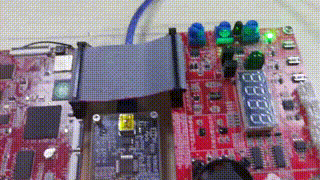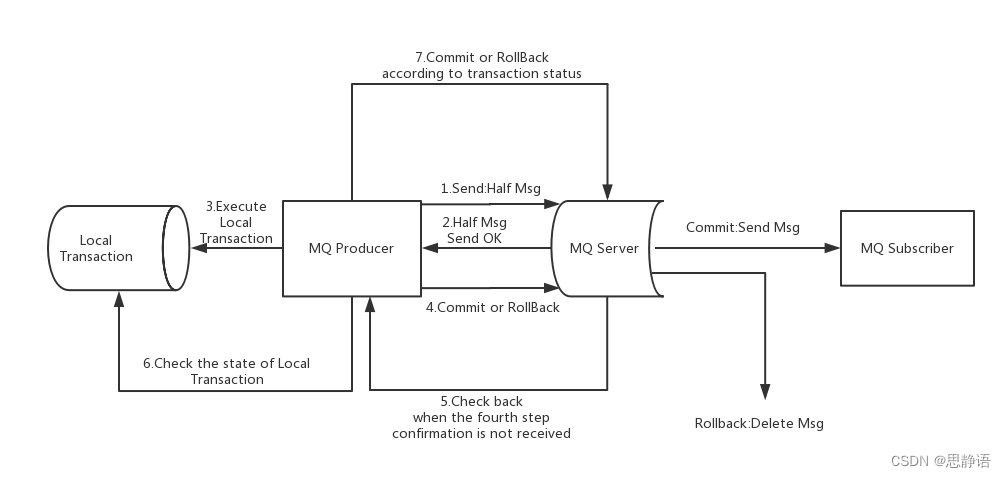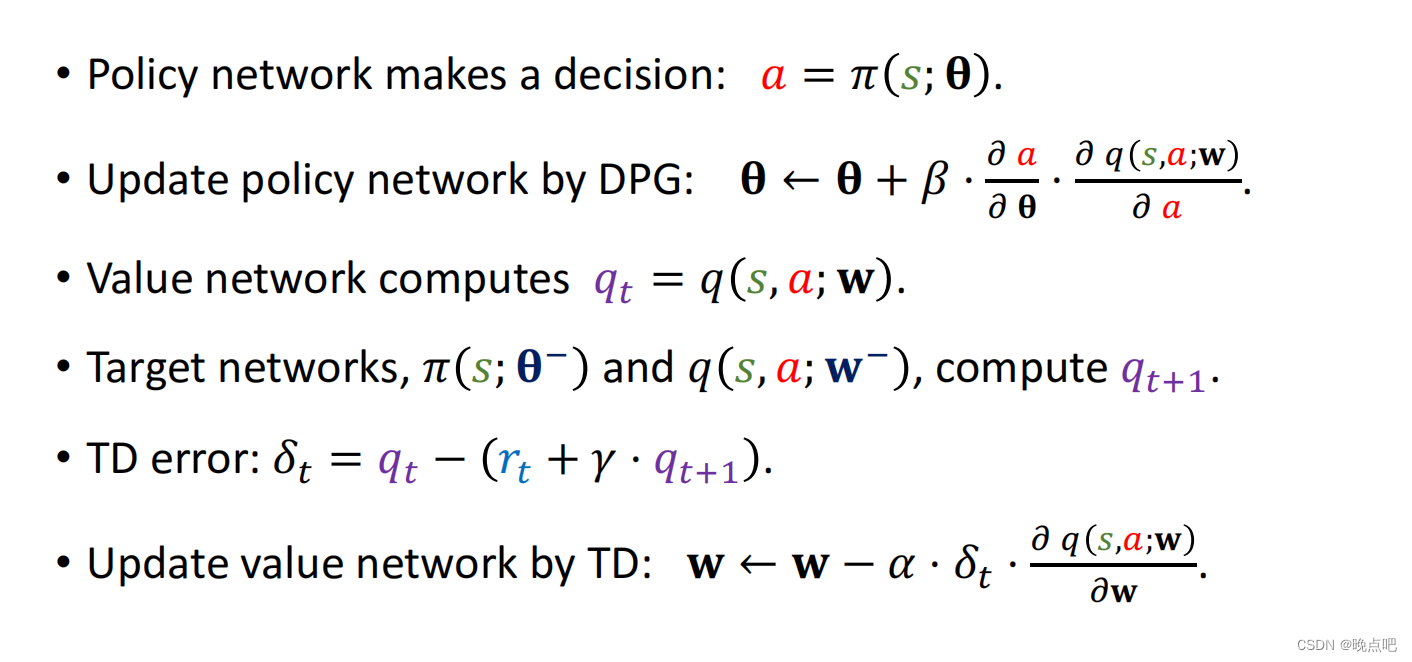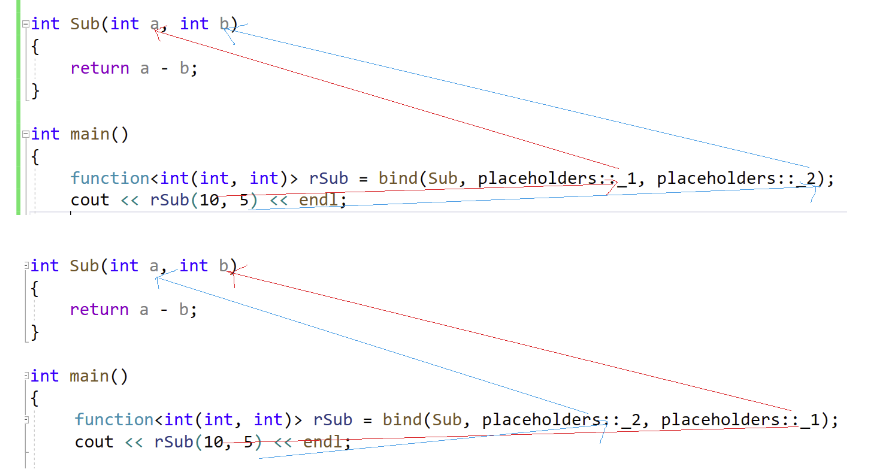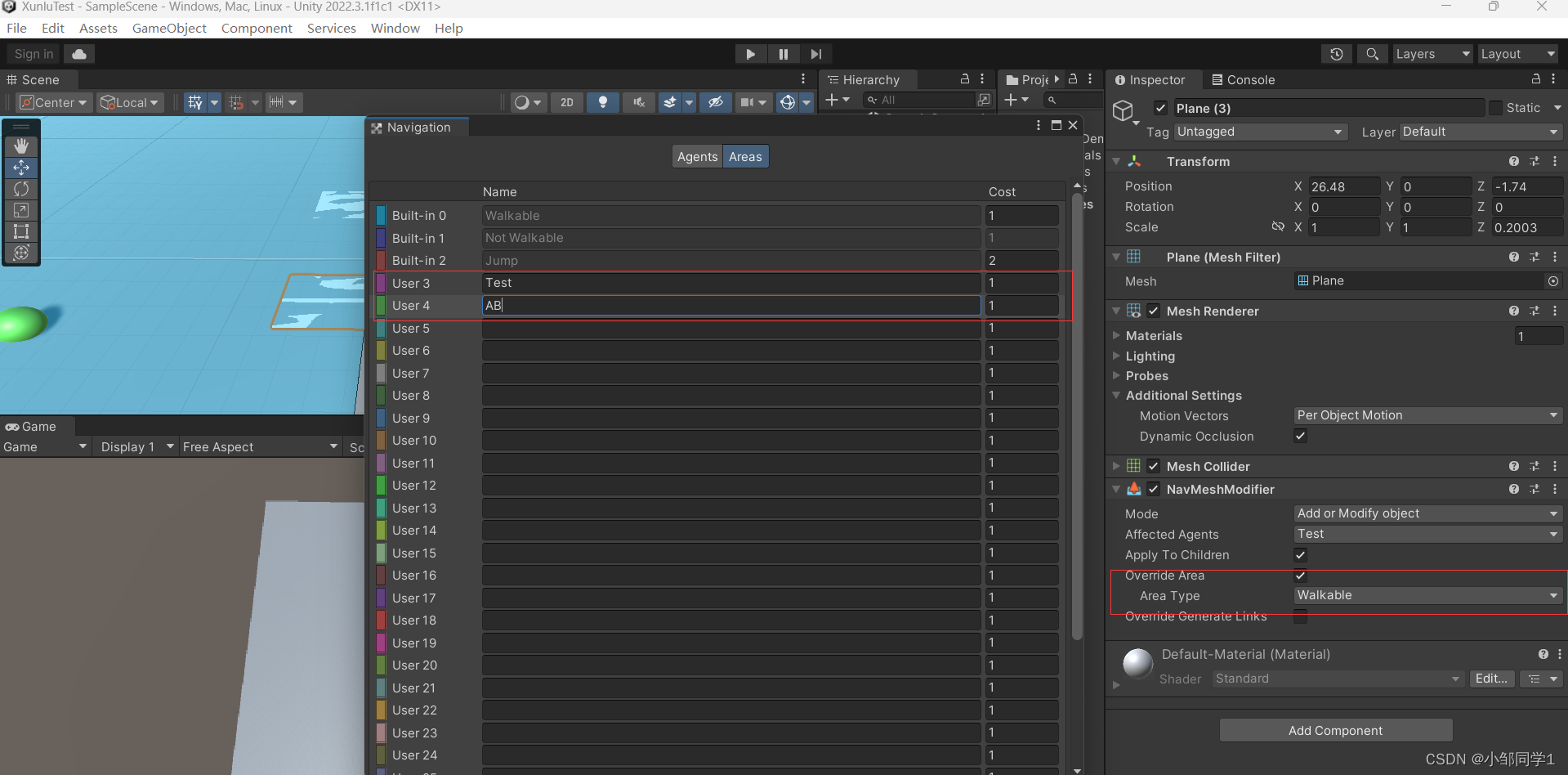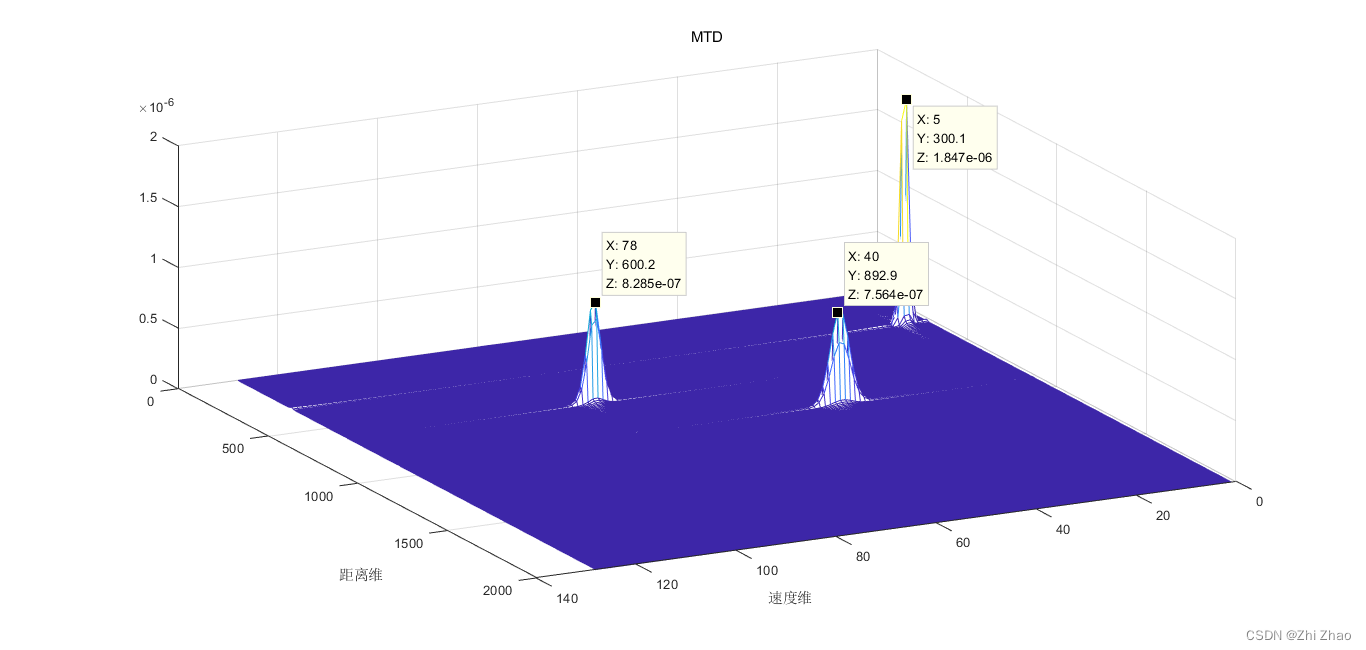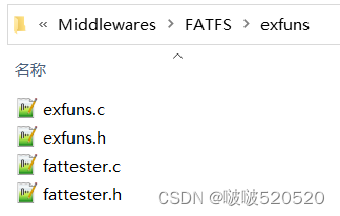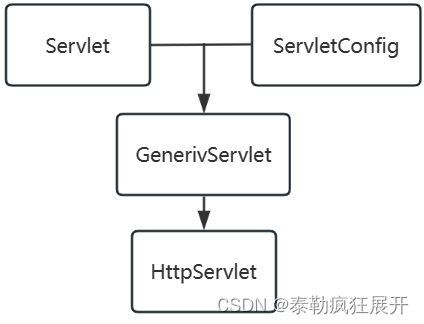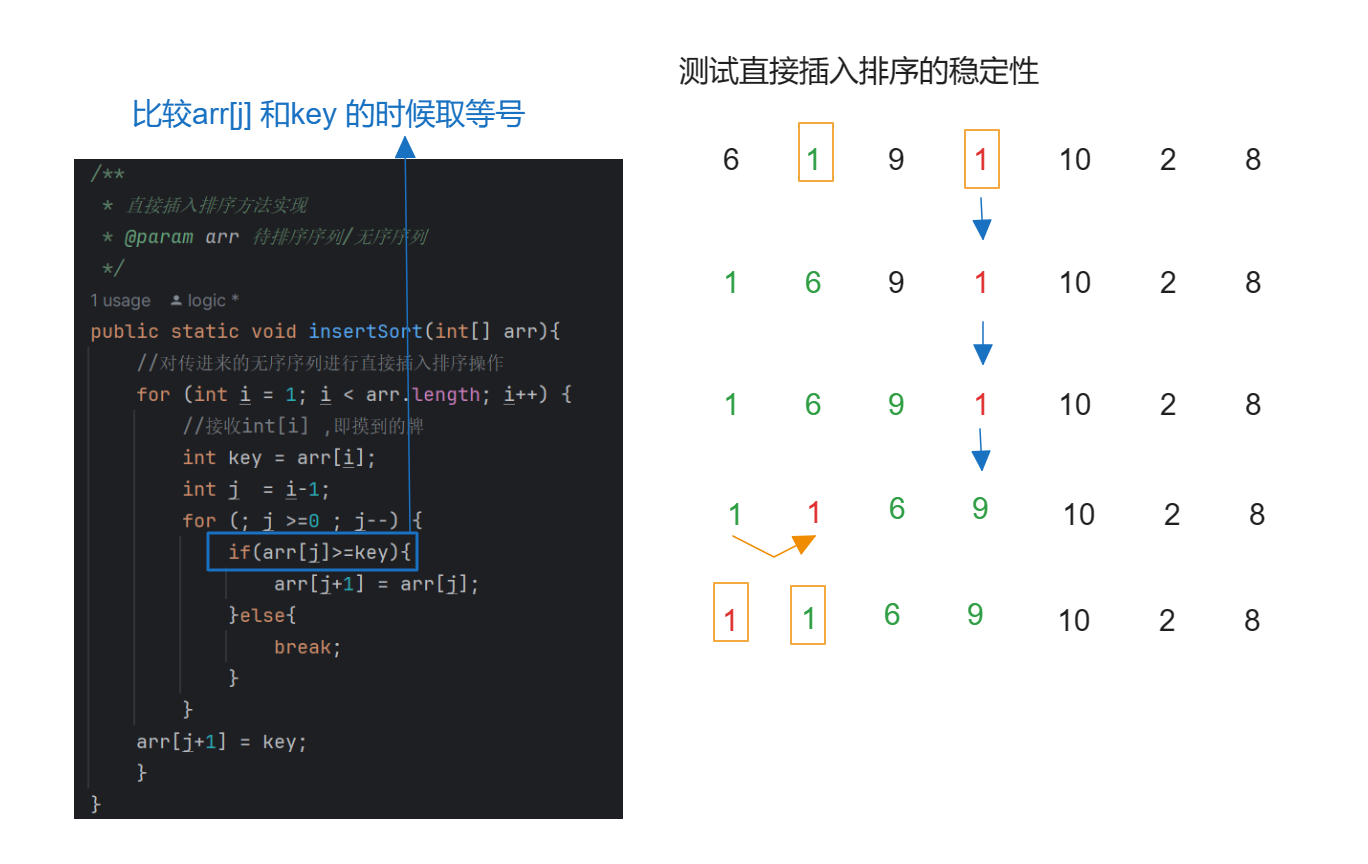知识概览
- DFS、BFS都可以对整个问题空间进行搜索,搜索的结构都是像一棵树。
- DFS会尽可能往深搜,当搜索到叶节点时就会回溯。而BFS每一次只会扩展一层。
DFS与BFS的区别:
| 搜索方式 | 数据结构 | 空间复杂度 | 性质 |
| DFS | 栈 | O(h),其中h为搜索空间树的高度 | 不具有最短性 |
| BFS | 队列 | 有“最短路”概念 |
一、DFS算法(暴搜)
DFS的回溯
例题展示
题目链接
活动 - AcWing系统讲解常用算法与数据结构,给出相应代码模板,并会布置、讲解相应的基础算法题目。![]() https://www.acwing.com/problem/content/844/
https://www.acwing.com/problem/content/844/
题解
搜索顺序可以看每个位置填哪些数,属于全排列问题。
代码
#include <iostream>
using namespace std;
const int N = 10;
int n;
int path[N];
bool st[N];
void dfs(int u)
{
if (u == n)
{
for (int i = 0; i < n; i++) printf("%d ", path[i]);
puts("");
return;
}
for (int i = 1; i <= n; i++)
if (!st[i])
{
path[u] = i;
st[i] = true;
dfs(u + 1);
st[i] = false;
}
}
int main()
{
cin >> n;
dfs(0);
return 0;
}DFS的剪枝
例题展示
题目链接
活动 - AcWing系统讲解常用算法与数据结构,给出相应代码模板,并会布置、讲解相应的基础算法题目。![]() https://www.acwing.com/problem/content/845/
https://www.acwing.com/problem/content/845/
题解一
每一行只能有一个皇后,类似于全排列问题。时间复杂度为
。
代码一
#include <iostream>
using namespace std;
const int N = 20;
int n;
char g[N][N];
bool col[N], dg[N], udg[N];
void dfs(int u)
{
if (u == n)
{
for (int i = 0; i < n; i++) puts(g[i]);
puts("");
return;
}
for (int i = 0; i < n; i++)
if (!col[i] && !dg[u + i] && !udg[n - u + i])
{
g[u][i] = 'Q';
col[i] = dg[u + i] = udg[n - u + i] = true;
dfs(u + 1);
col[i] = dg[u + i] = udg[n - u + i] = false;
g[u][i] = '.';
}
}
int main()
{
cin >> n;
for (int i = 0; i < n; i++)
for (int j = 0; j < n; j++)
g[i][j] = '.';
dfs(0);
return 0;
}题解二
使用更加原始的搜索方式,搜索效率会低一些。时间复杂度为
。
代码二
#include <iostream>
using namespace std;
const int N = 20;
int n;
char g[N][N];
bool row[N], col[N], dg[N], udg[N];
void dfs(int x, int y, int s)
{
if (y == n) y = 0, x++;
if (x == n)
{
if (s == n)
{
for (int i = 0; i < n; i++) puts(g[i]);
puts("");
}
return;
}
// 不放皇后
dfs(x, y + 1, s);
// 放皇后
if (!row[x] && !col[y] && !dg[x + y] && !udg[x - y + n])
{
g[x][y] = 'Q';
row[x] = col[y] = dg[x + y] = udg[x - y + n] = true;
dfs(x, y + 1, s + 1);
row[x] = col[y] = dg[x + y] = udg[x - y + n] = false;
g[x][y] = '.';
}
}
int main()
{
cin >> n;
for (int i = 0; i < n; i++)
for (int j = 0; j < n; j++)
g[i][j] = '.';
dfs(0, 0, 0);
return 0;
}二、BFS算法
例题展示
题目链接
走迷宫问题
活动 - AcWing系统讲解常用算法与数据结构,给出相应代码模板,并会布置、讲解相应的基础算法题目。![]() https://www.acwing.com/problem/content/description/846/
https://www.acwing.com/problem/content/description/846/
代码
#include <cstring>
#include <iostream>
#include <algorithm>
using namespace std;
typedef pair<int, int> PII;
const int N = 110;
int n, m;
int g[N][N];
int d[N][N];
PII q[N * N];
int bfs()
{
int hh = 0, tt = 0;
q[0] = {0, 0};
memset(d, -1, sizeof d);
d[0][0] = 0;
int dx[4] = {-1, 0, 1, 0}, dy[4] = {0, 1, 0, -1};
while (hh <= tt)
{
auto t = q[hh++];
for (int i = 0; i < 4; i++)
{
int x = t.first + dx[i], y = t.second + dy[i];
if (x >= 0 && x < n && y >= 0 && y < m && g[x][y] == 0 && d[x][y] == -1)
{
d[x][y] = d[t.first][t.second] + 1;
q[++tt] = {x, y};
}
}
}
return d[n - 1][m - 1];
}
int main()
{
cin >> n >> m;
for (int i = 0; i < n; i++)
for (int j = 0; j < m; j++)
cin >> g[i][j];
cout << bfs() << endl;
return 0;
}参考资料
- AcWing算法基础课

